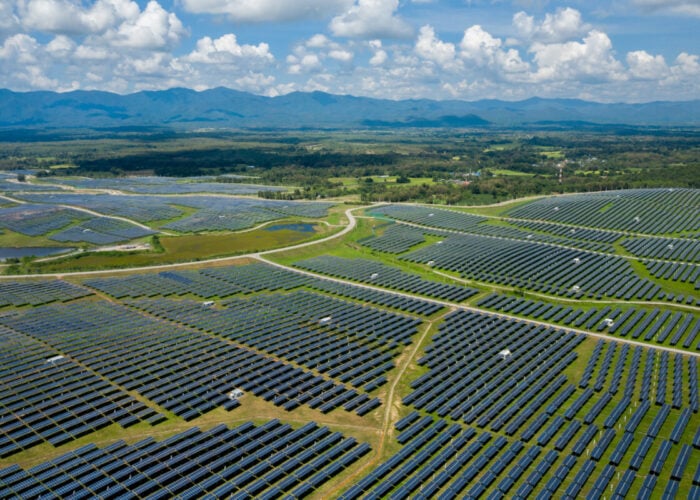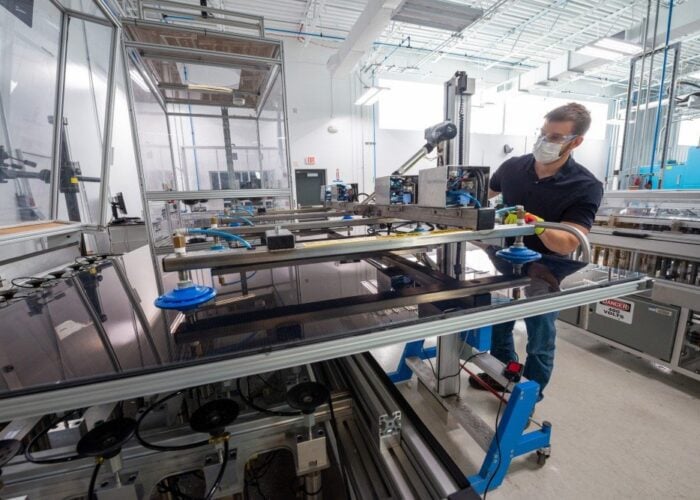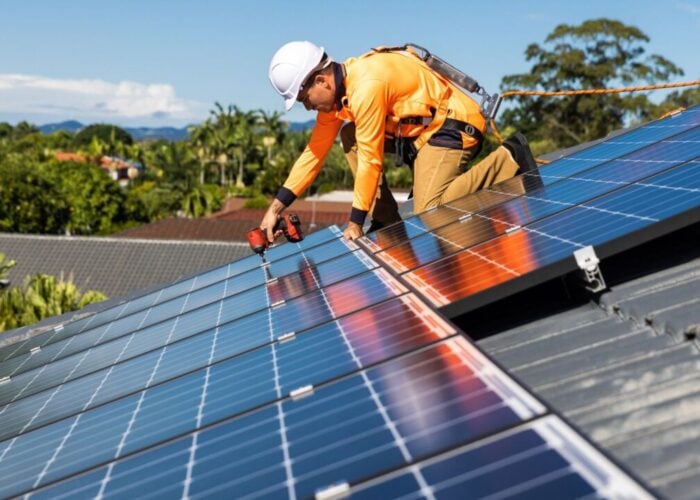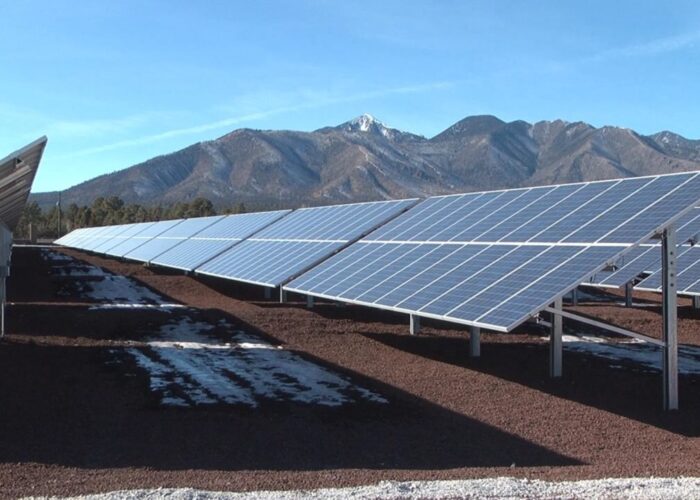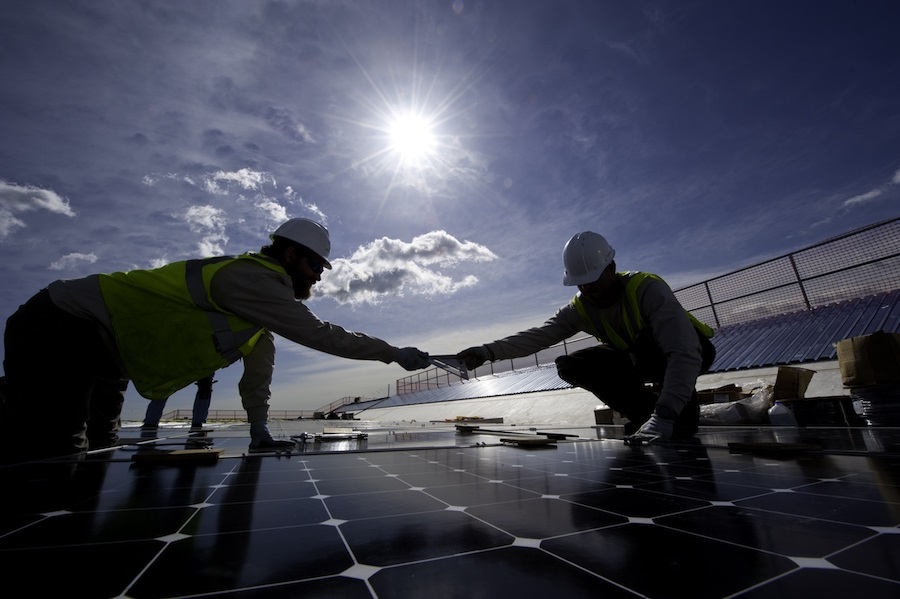
There needs to be a fourfold increase in the number of workers employed in the US solar industry for the country to achieve President Biden’s ambition of creating a carbon pollution-free power sector by 2035.
That is according to the 11th annual Solar Jobs Census published today (6 May) by the Solar Energy Industries Association (SEIA), the Solar Foundation, the Interstate Renewable Energy Council and BW Research. The analysis suggests that for the president’s goals to be reached, there will need to be more than 900,000 workers across the US solar supply chain by 2035.
Unlock unlimited access for 12 whole months of distinctive global analysis
Photovoltaics International is now included.
- Regular insight and analysis of the industry’s biggest developments
- In-depth interviews with the industry’s leading figures
- Unlimited digital access to the PV Tech Power journal catalogue
- Unlimited digital access to the Photovoltaics International journal catalogue
- Access to more than 1,000 technical papers
- Discounts on Solar Media’s portfolio of events, in-person and virtual
Despite posting record deployment figures in 2020, pandemic restrictions and increased labour productivity meant US solar employment fell by 6.7% year-on-year to 231,474, its lowest level since 2015.
According to the report, the sector was able to reach those deployment figures in part due to a rapid increase in the share of utility-scale installs – representing 73% of all solar deployments in 2020, a new record – which use fewer installation workers per kilowatt deployed.
Utility-scale PV construction was generally allowed to continue work last year that had been started, thanks in part to federal and state guidance that deemed large-scale solar construction to be essential, with the sector not seeing the steep employment drops experienced by residential and commercial installers.
The census revealed, however, that many installers serving residential and commercial customers adapted to physical distancing requirements by moving away from in-person sales and found “significant success reducing their costs and winning new business”.
Installation and construction-related employment continued to be the largest segment in the industry, representing 67% of all jobs. Of all installation jobs, 55% were residential, 18% were commercial, 8% community solar and 19% were utility-scale.
The drop in jobs was largely split evenly among states as many companies have not yet reached pre-pandemic employment levels, with the top five states for solar jobs staying the same: California, Florida, New York, Texas and Massachusetts.
The census projects that under the current trajectory, and without significant policy shifts, the solar industry will employ 400,000 workers in 2030. It will then have to more than double its workforce to reach the 2035 decarbonisation targets. SEIA said it is advocating for policies that will lay the groundwork to hire and train those workers.
“We now have an opportunity to quadruple our workforce, adding diversity and supporting underserved communities by taking policy steps that incentivise solar and storage deployment and provide long-term certainty for solar businesses,” said SEIA CEO Abigail Ross Hopper.
While BloombergNEF is projecting record PV deployment in the US in the next four years, the research organisation claims that solar and wind’s current growth trajectory will still not be enough to decarbonise the country’s power sector by 2035.



